- Home
- Joyce Carol Oates
Soul at the White Heat Page 7
Soul at the White Heat Read online
Page 7
Yet, Dickens persevered. Within the span of seventeen years, even as his personal life threatened to disintegrate, and public readings took up more and more of his time and energy, he would write his inimitable masterworks: Dombey and Son (1848), David Copperfield (1850), Bleak House (1853), Hard Times (1854), Little Dorrit (1857), A Tale of Two Cities (1859), Great Expectations (1861), Our Mutual Friend (1865). His was a frantic and yet fecund energy. “If I couldn’t walk fast and far, I should just explode and perish.”
BIOGRAPHY IS A LITERARY CRAFT that, in the hands of gifted practitioners, rises to the level of art. Yet even its most exemplary practitioners are frequently left behind, like hunters on the trail of elusive prey, in the tracking of genius. Claire Tomalin’s biography is likely to be one of the definitive Dickens biographies in its seamless application of “the life” to “the art”—and what a perilous balancing act it is, in which, just barely, Dickens’s art isn’t lost amid a smothering welter of facts. “This may be more detail than one normally wants about anyone’s life,” Tomalin acknowledges. And indeed there is an inordinate amount of detail in this biography, particularly in regard to Dickens’s frantically busy social life, his scattered interests, and grinding public career. (How many reading tours Dickens embarked upon before, finally, his “last farewell to the London reading public” in 1870! The reader begins to be as fatigued as Dickens.) The problem with such assiduously recorded lives of great artists is that one is drawn to an interest in the artist’s life because of his or her accomplishments, primarily; the “life” in itself is of interest as it illuminates the work, but if the often banal details of the life detract from the work, the worth to the biography is questionable. Even an ordinary life, cataloged in every detail, will bloat to Brobdingnagian girth, distorting the human countenance. Only a very few encyclopedic biographers—Richard Ellmann most illustriously, in his massive yet never dull biographies of James Joyce and Oscar Wilde in particular—transcend the weight of their material, and make of it an intellectual entertainment commensurate with its subject. Admirable as it is, warmly sympathetic and often eloquent, Tomalin’s Charles Dickens frequently moves like a vehicle with concrete wheels set beside, for instance, the rapid, deft, conversational and confiding short life Charles Dickens (2002) by the novelist Jane Smiley. There is nothing here resembling the flamboyant idiosyncrasies of the controversial thousand-page Dickens biography by Peter Ackroyd (1991), with its many risks and rewards, which must squat, like the proverbial eight-hundred-pound gorilla, in the peripheral vision of subsequent Dickens biographers. (Tomalin can bring herself to reference Ackroyd only once, as if dutifully: Ackroyd, alone of contemporary biographers, believes that the highly fraught relationship between Dickens and Ellen Ternan was “never consummated.”) The most engaging writing in Tomalin’s biography is inspired by a critical appreciation of Dickens’s novels, as one might expect: Bleak House (“Dickens’s imagination, always bold, now offers scenes as odd and inspired as Shakespeare’s” ), David Copperfield (“a masterpiece built on Dickens’s ability to dig into his own experience, transform it, and give it the power of myth”), Great Expectations (“a great book, delicate and frightening, funny, sorrowful, mysterious”), The Mystery of Edwin Drood (“the achievement of a man who is dying and refusing to die, who would not allow failing powers to keep him from exerting his imagination, or to prevent him from writing: and as such it is an astonishing and heroic enterprise”). And Tomalin is very convincing in her discussion of the abiding secret of Dickens’s later life—his relationship with the ex-actress Ellen Ternan, about whom, in 1990, Tomalin devoted a book aptly titled The Invisible Woman.
Dickens’s end, though protracted, and painful to contemplate, comes with startling abruptness, on June 8, 1870, in his home in Gad’s Hill—(not in the residence he shared with Ellen Ternan):
He sat down and [Georginia Hogarth] asked him if he felt ill and he replied, “Yes, very ill; I have been very ill for the last hour.” On her saying that she would send for a doctor, he said no, he would go on with the dinner, and go afterwards to London. He made an effort to struggle against the fit that was coming on him. . . . In every version she gave their final exchange, her “Come and lie down,” and his reply, “Yes, on the ground.”
“He left a trail like a meteor,” Tomlin says, “and everyone finds their own version of Charles Dickens.” How Tomalin’s version will compare, with the passage of time, with such previous “definitive” biographies as those by Peter Ackroyd, Michael Slater (2009), and Robert Douglas-Fairhurst (2011), all of which spring from John Forster’s renowned three-volume biography of Dickens (1872, 1873, 1874) is an open and intriguing question.
NOTES
1.And yet, Dickens’s fabled generosity could burn out, as in this startling outburst in a letter of 1870, the year of his death, regarding the debts of his son Sydney, which he was obliged to pay: “I fear Sydney is much too far gone for recovery, and I begin to wish that he were honestly dead.”
2.Unwisely, yet with characteristic emotional abandon, in 1855 Dickens arranged for a romantic re-encounter with Maria Beadnell, now Mrs. Winters, who had written to him, and drew from him an impassioned response—“It is a matter of perfect certainty to me that I began to fight my way out of poverty and obscurity, with one perpetual idea of you” [in “A Selection of Letters,” appendix, under the title “Heartache Again”]. At their meeting, Dickens was astounded by the alteration of his old love, for here was a very middle-aged, heavyset, toothless and vacuous female scarcely different in girth and temperament from his own wife Catherine. It isn’t so much revenge upon poor Maria for having so crushed the author’s romantic delusion but a droll sort of self-mockery in Dickens’s portrait of Flora Finching of Little Dorrit.
3.Though his experience with Maria Beadnell was a rebuke to his romantic fantasies, Dickens remained susceptible to the charms of “innocent”—(that is, virginal)—young women, through his life. Shortly after his marriage to the ever-pregnant Catherine, Dickens seems to have been smitten with Catherine’s younger sister Mary, who died when she was seventeen of a mysterious collapse, and left Dickens bereft: “Thank God she died in my arms, and the very last words she uttered were of me.” (Dickens removed a ring from the dead girl’s finger and wore it for the remainder of his life. He declared his wish to be buried in Mary’s grave, a wish that would prove impractical, in time.) Tomalin is very funny, in writing of Dickens’s fantastical romanticizing of his young sister-in-law when he visited Niagara Falls several years later, weirdly imagining that “the dear girl whose ashes lie in Kensal-green” had accompanied him and Catherine to such a wildly beautiful place: “But she has been here many times, I doubt not, since her sweet face faded from my earthly sight.” The exasperated biographer appeals to us: “Did he actually believe (that Mary’s) spirit wandered the world visiting selected beauty spots?” and concluding that, however practical-minded Dickens was in life, he allowed himself to wander into “feeble fancies” when he approached spiritual matters. Another abiding, if seemingly undeclared love of Dickens’s life was another sister-in-law, Georgiana, who came to live with Dickens and Catherine at the age of fifteen, as a sort of genteel au pair, eventually housekeeper, and never left; “Georgy” adored her celebrity brother-in-law and seems to have acted as his public companion upon numerous occasions, when poor pregnant Catherine was at home with the brood of Dickens children that soon came to include “five more unwanted sons.”
4.Drawn from the twelve-volume British Academy Pilgrim Edition of more than 14,000 letters of Dickens addressed to 2,500 known correspondents, the 450 included in The Selected Letters of Charles Dickens edited by Jenny Hartley are more revealing and more intimate than any biography as a record, in the editor’s words, not so much of the “inner Dickens” as of the “Dickens in motion.”
BOOKS CITED IN THIS REVIEW:
Charles Dickens and the Blacking Factory
By Michael Allen
Dickens & The Workhouse: Oliver Tw
ist and the London Poor
By Ruth Richardson
Charles Dickens: A Life
By Jane Smiley
The Selected Letters of Charles Dickens
Edited by Jenny Hartley
“THE KING OF WEIRD”:
H. P. LOVECRAFT
“Though in many of its aspects this visible world seems formed in love, the invisible spheres were formed in fright.”
Herman Melville, Moby-Dick
1.
How mysterious, how unknowable and infinitely beyond their control must have seemed the vast wilderness of the New World to the seventeenth-century Puritan settlers! The inscrutable silence of Nature—the tragic ambiguity of human nature with its predilection for what Christians call “original sin,” inherited from our first parents Adam and Eve. When Nature is so vast, man’s need for control—for “settling” the wilderness—becomes obsessive. And how powerful the temptation to project mankind’s divided self onto the very silence of Nature.
It was the intention of those English Protestants known as Puritans to “purify” the Church of England by eradicating everything in the Church that seemed to have no Biblical justification. The more radical Puritans, “Separatists” and eventually “Pilgrims,” settled Plymouth, Massachusetts, in the 1620s; others who followed in subsequent years were less zealous about defining themselves as “Separatists.” Yet all were characterized by the intransigence of their faith, their fierce sense of moral rectitude and self-righteousness. The intolerant theology of the New England Puritans could not have failed to breed paranoia, if not madness, in the sensitive among them. Consider, for instance, the Covenant of Grace, which taught that only those men and women upon whom God sheds His grace are saved, because this allows them to believe in Christ; those excluded from God’s grace lack the power to believe in a Savior, thus are not only not saved, but also damned. We never had a chance! those so excluded might cry out of the bowels of Hell. We were doomed from the start. The extreme gothic sensibility springs from such paradoxes: that the loving, paternal God and His son Jesus are nonetheless willful tyrants; “good” is inextricably bound up with the capacity to punish; one may wish to believe oneself free but in fact all human activities are determined, from the perspective of the deity, long before one’s birth.
It comes as no surprise, then, that the very titles of celebrated Puritan works of the seventeenth and early eighteenth centuries strike a chord of anxiety. The Spiritual Conflict, The Holy War, Day of Doom, Thirsty Sinner, Groans of the Damned, The Wonders of the Invisible World, Man Knows Not His Time, Repentant Sinners and Their Ministers, Memorable Providences Relating to Witchcraft and Possessions—these might be the titles of lurid works of gothic fiction, not didactic sermons, prose pieces, and poetry. The great Puritan poet Edward Taylor was also a minister; much of Taylor’s subtle, intricately wrought metaphysical verse dwells upon God’s love and terror, and man’s insignificance in the face of God’s omnipotence: “My will is your Design.” Here is the gothic predilection for investing all things, even the most seemingly innocuous (weather, insects), with cosmological meaning. Is there nothing in the gothic imagination that can mean simply—“nothing”?”
The first American novelist of substance, Charles Brockden Brown, was born of a Philadelphia Quaker family; but his major novel Wieland; or The Transformation (1798) is suffused with the spirit of Puritan paranoia—“God is the object of my supreme passion,” the fanatical Wieland declares. Indeed, the very concept of rational self-determinism is challenged by this dark fantasy of domestic violence. The novel is a nightmare expression of the fulfillment of repressed desire, anticipating Edgar Allan Poe’s similarly claustrophobic tales of the grotesque. Wieland is a disciple of the Enlightenment who is nonetheless driven mad by “voices” urging him to destruction.
Such assaults upon individual autonomy and identity characterize the writings of Washington Irving, Nathaniel Hawthorne, Edgar Allan Poe, Charlotte Perkins Gilman, Ambrose Bierce, H. P. Lovecraft, and more recent twentieth-century writers for whom the “supernatural” and the malevolent “unconscious” have fused. Even in the more benign “enchanted region” of Washington Irving’s Sleepy Hollow (of The Sketch Book, 1820), an ordinary, decent man like Ichabod Crane is subjected to an ordeal of psychic breakdown.
In the work of our premier American gothicist, Edgar Allan Poe, from whose Tales of the Grotesque and Arabesque (1840) so much of twentieth-century horror and detective fiction springs, there are no fully realized female characters, indeed no fully realized characters at all; but the female is likely to be the obsessive object of desire, and her premature death, as in “The Fall of the House of Usher,” “Ligeia,” and “The Black Cat,” is likely to be the precipitating factor. “The Black Cat” presents a madman’s voice with such mounting plausibility that the reader almost—almost—identifies with his unmotivated and seemingly unresisted acts of insane violence against the affectionate black cat Pluto, and eventually his own wife. Like “The Tell-Tale Heart,” with which it bears an obvious kinship, “The Black Cat” explores from within a burgeoning, blossoming evil; an evil exacerbated by alcohol, yet clearly a congenital evil unprovoked by the behavior of others.
The canonical writers of the gothic-grotesque were all born, fittingly, in the nineteenth century. As realism began to dominate prose fiction in the late nineteenth century in Europe and America, along with the more radical, more grindingly materialist school of “naturalism” derived from Flaubert and Zola, educated readers turned to the work of such writers as Stephen Crane, Frank Norris, Jack London, Hamlin Garland, and Theodore Dreiser. In the toughly Darwinian masculine-urban worlds of such writers, with their exposure of social and political corruption and their frank depiction of adult sexual relations, there would seem to have been no place, still less sympathy, for the introspective, brooding idiosyncrasies and metonymic strategies of the gothic imagination.
2.
“The most merciful thing in the world . . . is the inability of the human mind to correlate all its contents. We live on a placid island of ignorance in the midst of black seas of infinity, and it was not meant that we should voyage far.”
H. P. Lovecraft, “The Call of Cthulhu”
In writers like Henry James and Edith Wharton who experimented with gothic forms of fiction, the gothic tale may compensate for a conventional, restrictive life; in others, notably Edgar Allan Poe and H. P. Lovecraft, the gothic tale would seem to be a form of psychic autobiography.
The American writer of the twentieth century most frequently compared with Poe, in the quality of his art (bizarre, brilliant, inspired, and original, yet frequently hackneyed, derivative, and repetitive), its thematic preoccupations (the obsessive depiction of psychic disintegration in the face of cosmic horror perceived as “truth”), and its critical and commercial reception during the writer’s truncated lifetime (dismal), is H. P. Lovecraft of Providence, Rhode Island (1890–1937). Like Poe, Lovecraft created a small body of work carved by monomaniacal passion out of a gothic tradition that had already become ossified in the mid-nineteenth century. Like Poe, though more systematically than Poe, Lovecraft set forth an aesthetics of the art to which, by temperament and family history, he was fated. (Lovecraft’s frequently updated essay “Supernatural Horror in Literature” [1927] is a pioneering effort in tracing the history of the gothic sensibility from Ann Radcliffe, Hugh Walpole, “Monk” Lewis, and Charles Maturin through Emily Brontë, Hawthorne, Poe, and Lovecraft’s contemporaries Algernon Blackwood, Arthur Machen, Lord Dunsany, M. R. James and others.) Both tried to sell their writing and editing skills in a debased and demeaning marketplace, with little financial reward, burning themselves out in the process. Both were beset by dreams, nightmares, “visions.” Both entered upon brief, disastrous marriages (though there are bleakly comical overtones to Lovecraft’s marriage to a woman seven years his elder). Both left no heirs. Both died prematurely, Poe at forty, Lovecraft at forty-six, having egregiously mistreated their bodies.

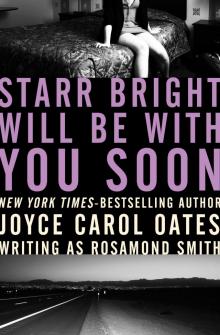 Starr Bright Will Be With You Soon
Starr Bright Will Be With You Soon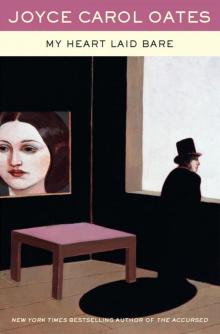 My Heart Laid Bare
My Heart Laid Bare A Fair Maiden
A Fair Maiden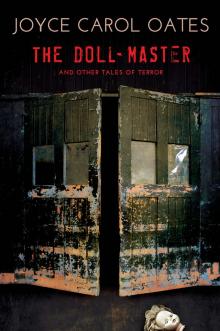 The Doll-Master and Other Tales of Terror
The Doll-Master and Other Tales of Terror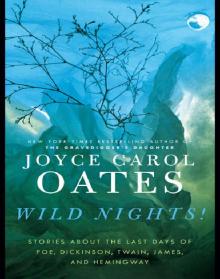 Wild Nights!: Stories About the Last Days of Poe, Dickinson, Twain, James, and Hemingway
Wild Nights!: Stories About the Last Days of Poe, Dickinson, Twain, James, and Hemingway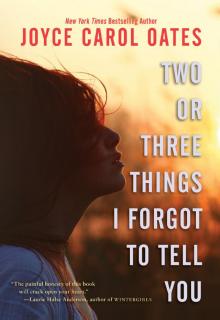 Two or Three Things I Forgot to Tell You
Two or Three Things I Forgot to Tell You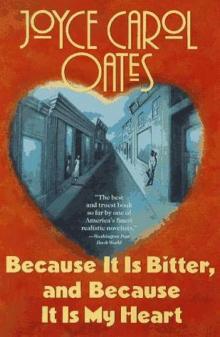 Because It Is Bitter, and Because It Is My Heart
Because It Is Bitter, and Because It Is My Heart Missing Mom: A Novel
Missing Mom: A Novel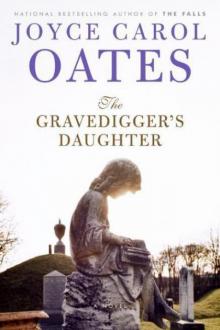 The Gravedigger's Daughter: A Novel
The Gravedigger's Daughter: A Novel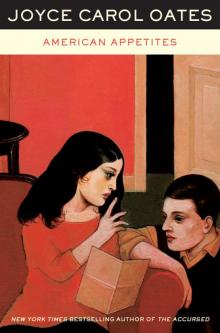 American Appetites
American Appetites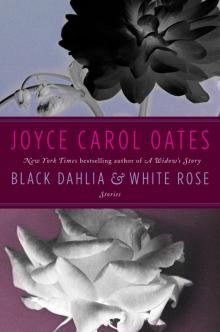 Black Dahlia White Rose: Stories
Black Dahlia White Rose: Stories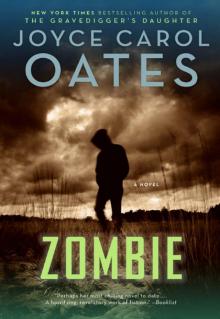 Zombie
Zombie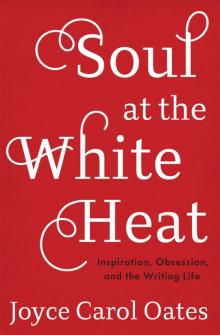 Soul at the White Heat: Inspiration, Obsession, and the Writing Life
Soul at the White Heat: Inspiration, Obsession, and the Writing Life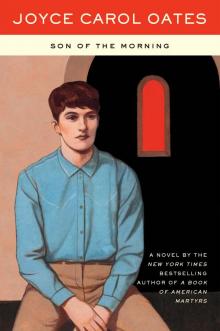 Son of the Morning
Son of the Morning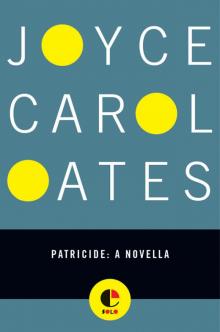 Patricide
Patricide Snake Eyes
Snake Eyes Wonderland
Wonderland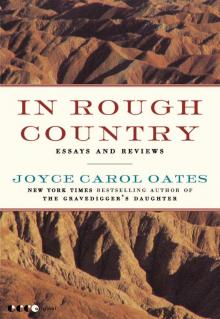 In Rough Country: Essays and Reviews
In Rough Country: Essays and Reviews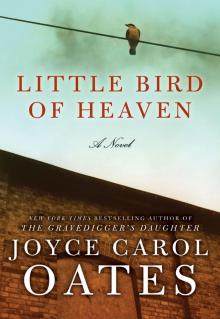 Little Bird of Heaven
Little Bird of Heaven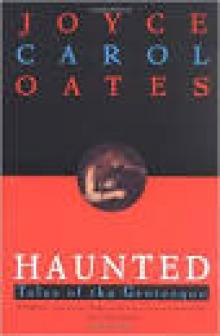 The Haunting
The Haunting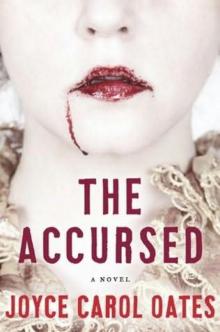 The Accursed
The Accursed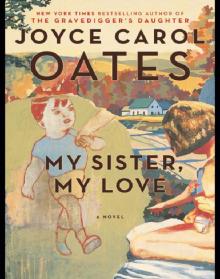 My Sister, My Love: The Intimate Story of Skyler Rampike
My Sister, My Love: The Intimate Story of Skyler Rampike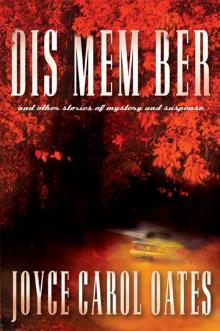 Dis Mem Ber and Other Stories of Mystery and Suspense
Dis Mem Ber and Other Stories of Mystery and Suspense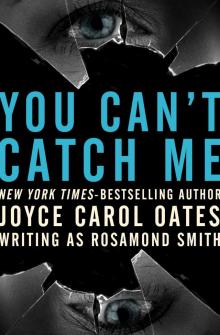 You Can't Catch Me
You Can't Catch Me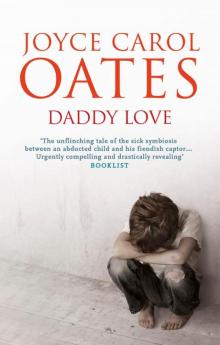 Daddy Love: A Novel
Daddy Love: A Novel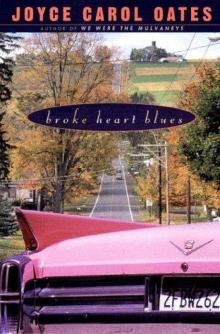 Broke Heart Blues
Broke Heart Blues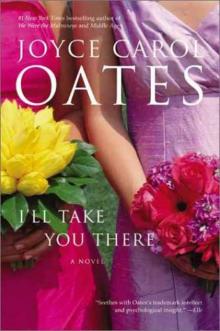 I'll Take You There
I'll Take You There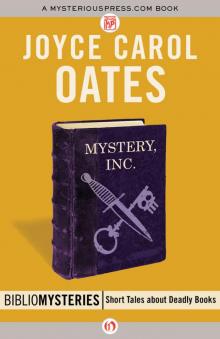 Mystery, Inc.
Mystery, Inc. We Were The Mulvaneys
We Were The Mulvaneys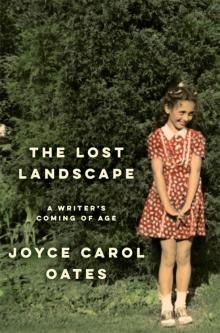 The Lost Landscape: A Writer's Coming of Age
The Lost Landscape: A Writer's Coming of Age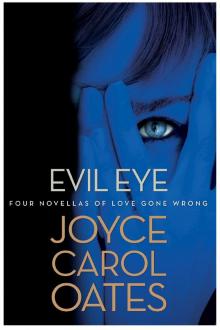 Evil Eye: Four Novellas of Love Gone Wrong
Evil Eye: Four Novellas of Love Gone Wrong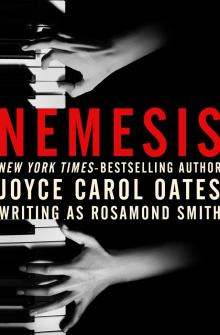 Nemesis
Nemesis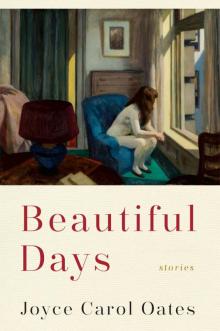 Beautiful Days: Stories
Beautiful Days: Stories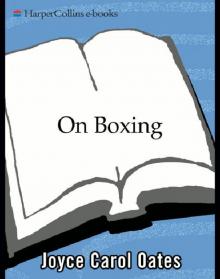 On Boxing
On Boxing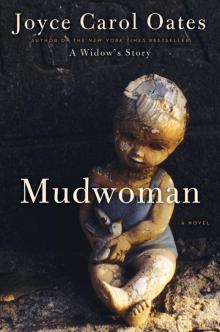 Mudwoman
Mudwoman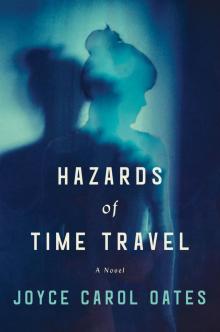 Hazards of Time Travel
Hazards of Time Travel Night-Gaunts and Other Tales of Suspense
Night-Gaunts and Other Tales of Suspense Mysteries of Winterthurn
Mysteries of Winterthurn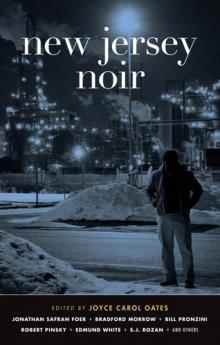 New Jersey Noir
New Jersey Noir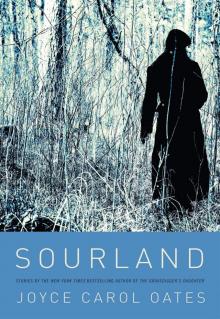 Sourland
Sourland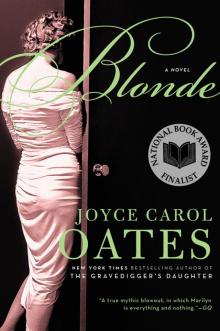 Blonde
Blonde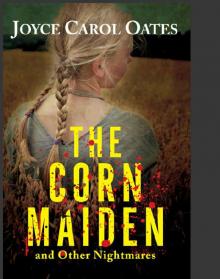 The Corn Maiden: And Other Nightmares
The Corn Maiden: And Other Nightmares The Oxford Book of American Short Stories
The Oxford Book of American Short Stories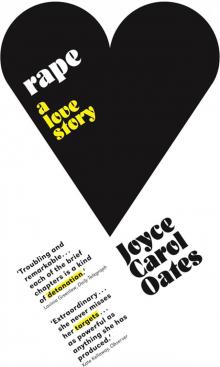 Rape: A Love Story
Rape: A Love Story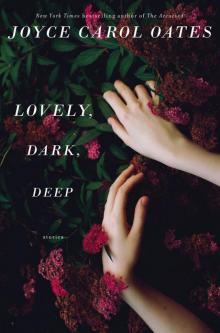 Lovely, Dark, Deep: Stories
Lovely, Dark, Deep: Stories After the Wreck, I Picked Myself Up, Spread My Wings, and Flew Away
After the Wreck, I Picked Myself Up, Spread My Wings, and Flew Away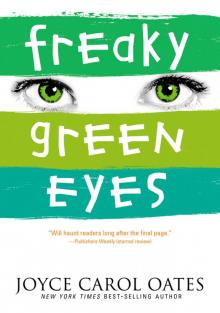 Freaky Green Eyes
Freaky Green Eyes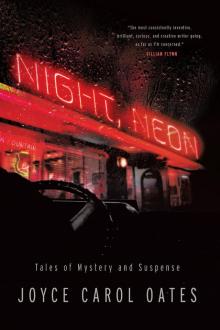 Night, Neon
Night, Neon I Am No One You Know: And Other Stories
I Am No One You Know: And Other Stories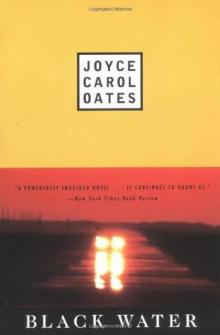 Black Water
Black Water Expensive People
Expensive People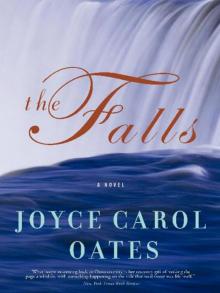 The Falls
The Falls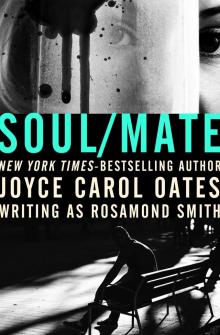 Soul/Mate
Soul/Mate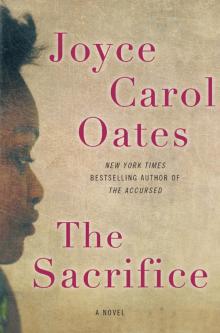 The Sacrifice
The Sacrifice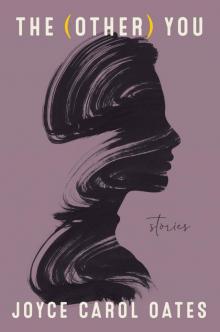 The (Other) You
The (Other) You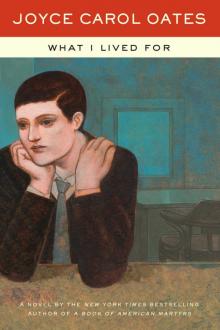 What I Lived For
What I Lived For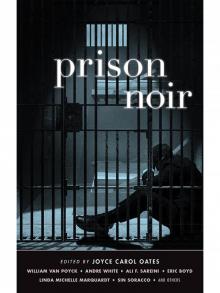 Prison Noir
Prison Noir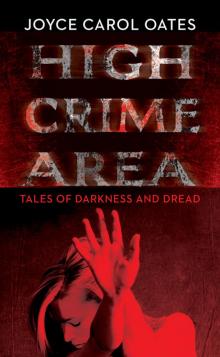 High Crime Area: Tales of Darkness and Dread
High Crime Area: Tales of Darkness and Dread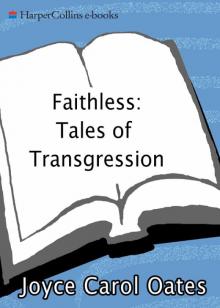 Faithless: Tales of Transgression
Faithless: Tales of Transgression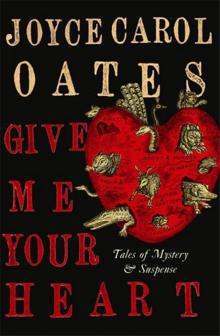 Give Me Your Heart: Tales of Mystery and Suspense
Give Me Your Heart: Tales of Mystery and Suspense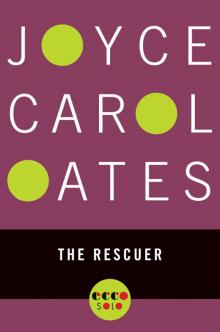 The Rescuer
The Rescuer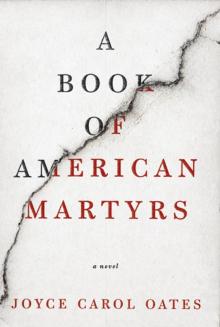 A Book of American Martyrs
A Book of American Martyrs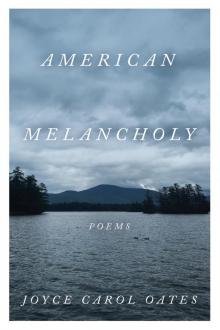 American Melancholy
American Melancholy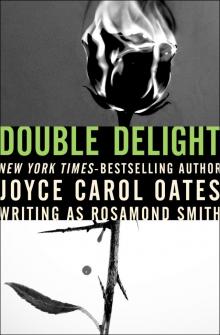 Double Delight
Double Delight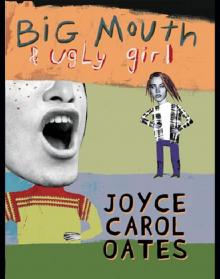 Big Mouth Ugly Girl
Big Mouth Ugly Girl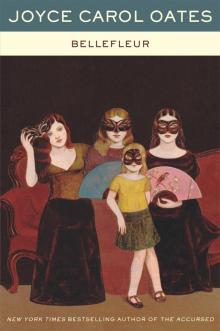 Bellefleur
Bellefleur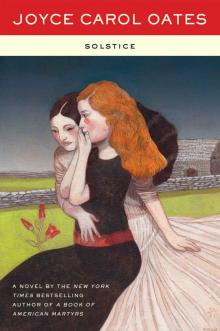 Solstice
Solstice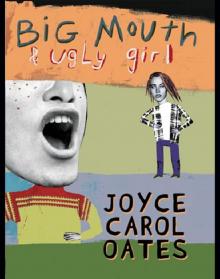 Big Mouth & Ugly Girl
Big Mouth & Ugly Girl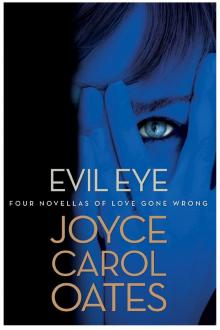 Evil Eye
Evil Eye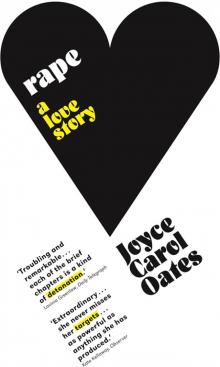 Rape
Rape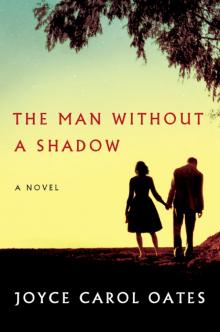 The Man Without a Shadow
The Man Without a Shadow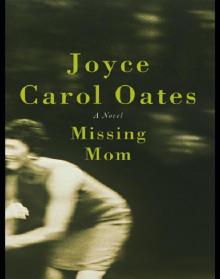 Missing Mom
Missing Mom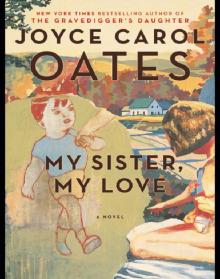 My Sister, My Love
My Sister, My Love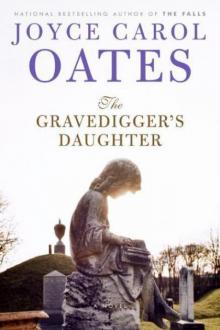 The Gravedigger's Daughter
The Gravedigger's Daughter Beautiful Days
Beautiful Days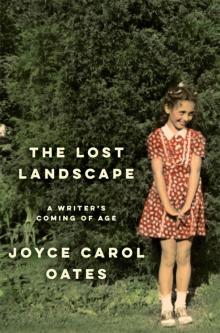 The Lost Landscape
The Lost Landscape Daddy Love
Daddy Love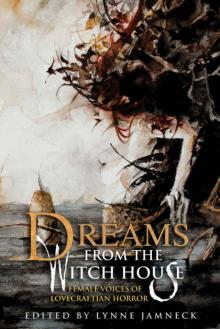 Dreams from the Witch House: Female Voices of Lovecraftian Horror
Dreams from the Witch House: Female Voices of Lovecraftian Horror The Tattooed Girl
The Tattooed Girl Give Me Your Heart
Give Me Your Heart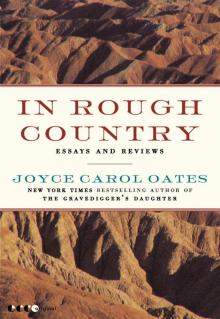 In Rough Country
In Rough Country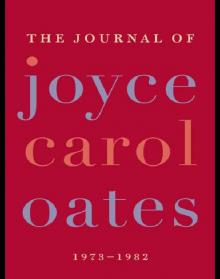 The Journal of Joyce Carol Oates
The Journal of Joyce Carol Oates Black Dahlia & White Rose: Stories
Black Dahlia & White Rose: Stories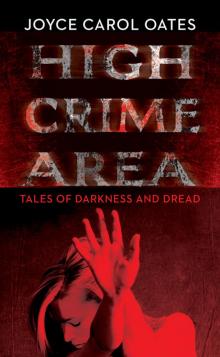 High Crime Area
High Crime Area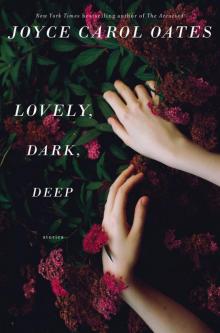 Lovely, Dark, Deep
Lovely, Dark, Deep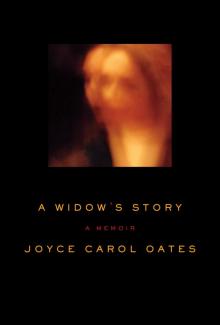 A Widow's Story
A Widow's Story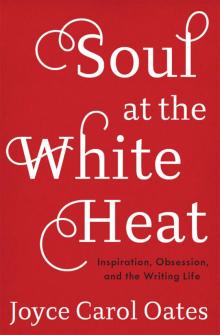 Soul at the White Heat
Soul at the White Heat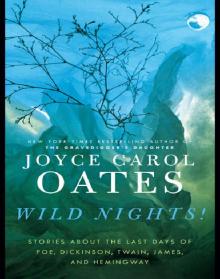 Wild Nights!
Wild Nights!